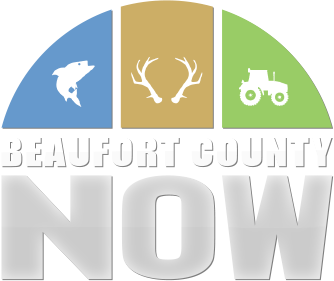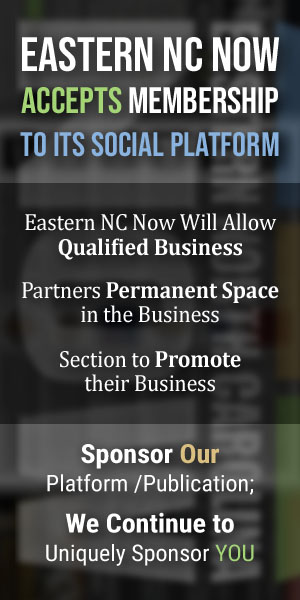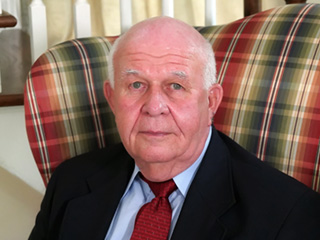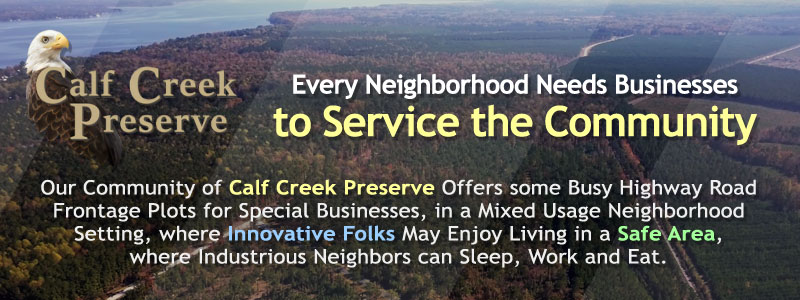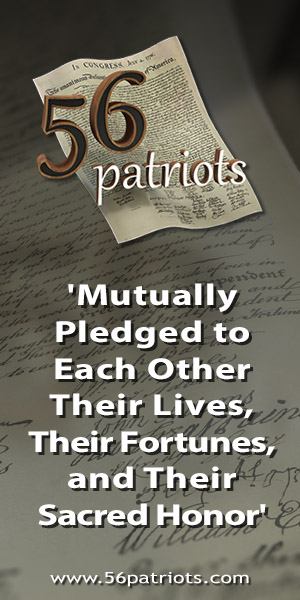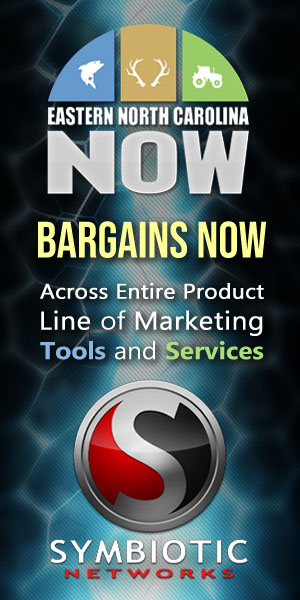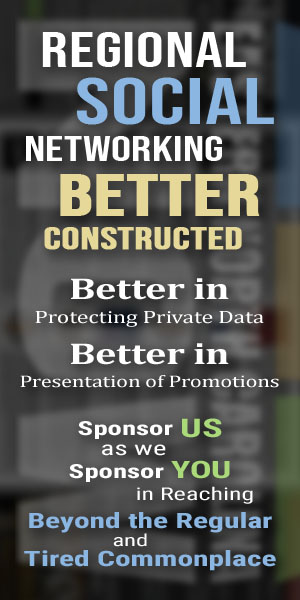Most of the student groups who apparently cannot receive or appreciate the same opportunities as their peers are minorities and those who come from a broken and impoverished home. The most commonly-referenced underserved student groups are students who are from ethnic and/or racial minority backgrounds (mostly blacks and Hispanics), low-income backgrounds, students with disabilities, or those who are first-generation English Language Learners (ELL) - again mostly Hispanic. Other groups apparently needing
"equity" in education include LGBT students, foster students, transgender students, students whose parent(s) don't have a college degree, students in remote rural areas, students who have no access to computers, and more.
Equity is applied not only to disadvantaged children, to children from disadvantaged families (if there is even a family) and to mal-adjusted children (socially, psychologically, and gender-wise), which would be classified under the banner of
"Opportunity Gap," but also to those groups of students who suffer an
"Achievement Gap," including low graduation rates.
As should be evident from this article and overview of the various progressive doctrines in our nation's public school system, many are inter-related. They support each other. For example, The Panoramic, or Identity, Surveys adopted by The Collaborative for Academic, Social, and Emotional Learning (CASEL) includes five social, emotional learning (SEL) competencies (categories) to organize students' intrapersonal and interpersonal knowledge, skills, and abilities. CASEL views these competencies as
"interrelated and integral to the growth and development of students." In 2019, CASEL updated the definition of each competency to explicitly address SEL as a lever for creating equitable learning environments and fostering healthy development for all children, adolescents, and adults.
It's hypocritical that when it comes to
"equity in education," schools are happy and content to rely on parents who have been college-educated to supplement their child's education (so they can spend more on the
"less-fortunate" students) yet at the same time view informed and concerned parents as nuisances and
"potential terrorists" who should be kept under the surveillance of law enforcement.
Where are the additional opportunities and the investments in
"accelerated" students and other gifted students?
Finally, to understand the push of such Panorama surveys in the public school system, follow the money. (Go to the reference and link at the end of the article).
LGBTQ Agenda -
Over the past 10-15 years, there has been a movement to teach children in the public school system to be tolerant of and to be respectful of gay and lesbian individuals. It's a movement that LBGBTQ activists call
"queering the schools." While the teaching of tolerance and respect are good and Christian ideals, incorporating the
"gay" agenda in doing so strains the understanding of parents of school-age children. And especially when such policies are now going down to the elementary school level.
Parents resent the school's attempt to undermine the role of parents in the socialization of their children. They resent the school's attempt to undermine the biblical values they teach at home. They resent the school's attempt to force acceptance of progressive thinking on them.
From an article in the
City Journal (
"Queering the Schools," 2003):
At a high school in prosperous Newton, Massachusetts, it's "To B GLAD Day"-or, less delicately, Transgender, Bisexual, Gay, Lesbian Awareness Day. An advocacy session for students and teachers features three self-styled transgendered individuals-a member of the senior class and two recent graduates. One of the transgenders, born female, announces that "he" had been taking hormones for 16 months. "Right now I am a 14-year-old boy going through puberty and a 55-year-old woman going through menopause," she complains. "I am probably the moodiest person in the world." A second panelist declares herself an "androgyne in between both genders of society." She adds, "Gender is just a bunch of stereotypes from society, but I am completely personal, and my gender is fluid." Massachusetts is the most advanced state when it comes to educational equity for LGBT people, and that despite its being largely Catholic and having a Republican governor
Only in liberal Massachusetts could a public school endorse such an event for teens, you might think. But you would be wrong. For the last decade or so, largely working beneath public or parental notice, a well-organized movement has sought to revolutionize the curricula and culture of the nation's public schools. Its aim: to stamp out "hegemonic heterosexuality"-the traditional view that heterosexuality is the norm-in favor of a new ethos that does not just tolerate homosexuality but instead actively endorses experimenting with it, as well as with a polymorphous range of bisexuality, transgenderism, and transsexuality. The educational establishment has enthusiastically signed on. What this portends for the future of the public schools and the psychic health of the nation's children is deeply worrisome.
This movement to "queer" the public schools, as activists put it, originated with a shift in the elite understanding of homosexuality. During the eighties, when gay activism first became a major cultural force, homosexual leaders launched a campaign that mirrored the civil rights movement. To claim their rights, homosexuals argued (without scientific evidence) that their orientation was a genetic inheritance, like race, and thus deserved the same kind of civil protections the nation had guaranteed to blacks. An inborn, unchangeable fact, after all, could not be subject to moral disapproval. There ensued a successful effort to normalize homosexuality throughout the culture, including a strong push for homosexual marriage, gays in the military, and other signs of civic equality.
Leading the movement to introduce the radical view of sexuality, promoted by
"Queer theorists," into the public schools is the Gay, Lesbian and Straight Educational Network (GLSEN, pronounced
"glisten"), an advocacy group founded in 1993 to promote homosexual issues in the public schools. It now boasts 85 chapters, four regional offices, and some 1,700 student clubs, called
"gay/straight alliances," that it has helped form in schools across the country. GLSEN seeks to transform the culture and instruction of every public school so that children will learn to equate
"heterosexism"-the favoring of heterosexuality as normal-with other evils like racism and sexism so that they can and sometimes will grow up pondering their sexual orientation and the fluidity of their sexual identity.
To help get the LGBT message across to younger children, GLSEN offers teachers an array of educational products, including such early-reader books as
"One Dad, Two Dads, Brown Dad, Blue Dads" and
"King and King" and
"Asha's Mums." As far as teaching aids go, a 1999 book,
"Queering Elementary Education" with a foreword by GLSEN executive director Kevin Jennings, offers essays such as
"Locating a Place for Gay and Lesbian Themes in Elementary Reading, Writing and Talking."
Rutgers English professor Michael Warner, a leading
"intellectual" on Queer Theory, asserts that categories like
"heterosexual" and
"homosexual" are part of
"the regime of the normal" that needs to be replaced, just as every progressive policy seeks to do - erase the
"normal." To overturn the old dichotomies of hetero/homo and even male/female, Warner encourages continuous sexual experimentation. What a novel concept to teach to our children! (sarcasm)
The
City Journal article continues:
One of the major goals of GLSEN and similar groups is to reform public school curricula and teaching so that Lesbian, Gay, Bisexual, Transgender-or LGBT-themes are always central and always presented in the approved light. GLSEN holds regular conferences for educators and activists with workshops bearing titles such as "Girls Will Be Boys and Boys Will Be Girls: Creating a Safe, Supportive School Environment for Trans, Intersex, Gender Variant and Gender Questioning Youth" and "Developing and Implementing a Transgender Inclusive Curriculum." Every course in every public school should focus on LGBT issues, GLSEN believes. A workshop at GLSEN's annual conference in Chicago in 2000 complained that "most LGBT curricula are in English, history and health" and sought ways of introducing its agenda into math and science classes, as well. (As an example of how to queer geometry, GLSEN recommends using gay symbols such as the pink triangle to study shapes.)
For comprehensiveness, nothing beats a GLSEN-recommended resource manual distributed to all K-12 public schools in Saint Paul and Minneapolis. The manual presents an educational universe that filters everything through an LGBT lens. Lesson ideas include "role playing" exercises to "counter harassment," where students pretend, say, to be bisexual and hear hurtful words cast at them; testing students to see where their attitudes lie toward sexual "difference" (mere tolerance is unacceptable; much better is "admiration" and, best of all, "nurturance"); getting students to take a "Sexual Orientation Quiz"; and having heterosexual students learn 37 ways that heterosexuals are privileged in society. In turn, principals should make an "ongoing PA announcement"-once a week, the manual says-telling students about confidential support programs for LGBT students.
Two videos come particularly highly rated by gay activists and educators as tools for making primary school queer-friendly. Both films strive to present homosexuality in a favorable light, without saying what it actually is. It's Elementary, intended for parents, educators, and policymakers, shows how classroom teachers can lead kindergartners through carefully circumscribed discussions of the evils of prejudice, portrayed as visited to an unusual degree on gays and lesbians. In That's a Family, designed for classroom use, children speak directly into the camera, explaining to other kids how having gay and lesbian parents is no different from, for example, having parents of different national backgrounds.
GLSEN even provides lesson plans for the promotion of cross-dressing in elementary school classes. A school resource book containing such lesson plans, Cootie Shots: Theatrical Inoculations Against Bigotry for Kids, Parents, and Teachers, has already been used in second-grade classrooms in California. A children's play in the book features a little boy singing of the exhilaration of striding about "In Mommy's High Heels," in angry defiance of the criticism of his intolerant peers:
They are the swine, I am the pearl. . . .
They'll be beheaded when I'm queen!
When I rule the world! When I rule the world!
When I rule the world in my mommy's high heels!
Some of the LGBT-friendly curricular material aimed at older children is quite sexually explicit. The GLSEN-recommended reading list for grades 7-12 is dominated by such material, depicting the queer sexuality spectrum. In Your Face: Stories from the Lives of Queer Youth features a 17-year-old who writes, "I identify as bisexual and have since I was about six or seven. . . . I sort of experimented when I was young." Another GLSEN recommendation, Revolutionary Voices: A Multicultural Queer Youth Anthology, has a 16-year-old contributor who explains, "My sexuality is as fluid, indefinable and ever-changing as the north flowing river."
Some of the most explicit homosexual material has shown up in classrooms. An Ohio teacher encouraged her freshman students to read Entries From a Hot Pink Notebook, a teen coming-out story that includes a graphic depiction of sex between two 14-year-old boys. In Newton, Massachusetts, a public school teacher assigned his 15-year-old students The Perks of Being a Wallflower, a farrago of sexual confusion, featuring an episode of bestiality as one of its highlights. Such books represent a growth industry for publishers, including mainstream firms.
As part of its effort to make the public schools into an arena of homosexual and transgender advocacy, GLSEN works assiduously to build a wide network of student organizers. It looks for recruits as young as 14, who in turn are to bring on board other students to form gay/straight alliances or other homosexual-themed student clubs at their schools. Glancing over the biographies of 2002's student organizers reveals a uniform faith among them that experimenting with a range of homosexual behaviors serves the cause of civil rights.

The LGBTQ movement, gay/straight alliances, and GLSEN have become quite efficient about using the issue of
"safety" and demanding
"safe spaces" to silence opponents. Having a history of gay and lesbian individuals being bullied at school has allowed groups like GLSEN to command the upper hand in debates on
"tolerance" in the school system. What they demand they usually succeed in getting.

